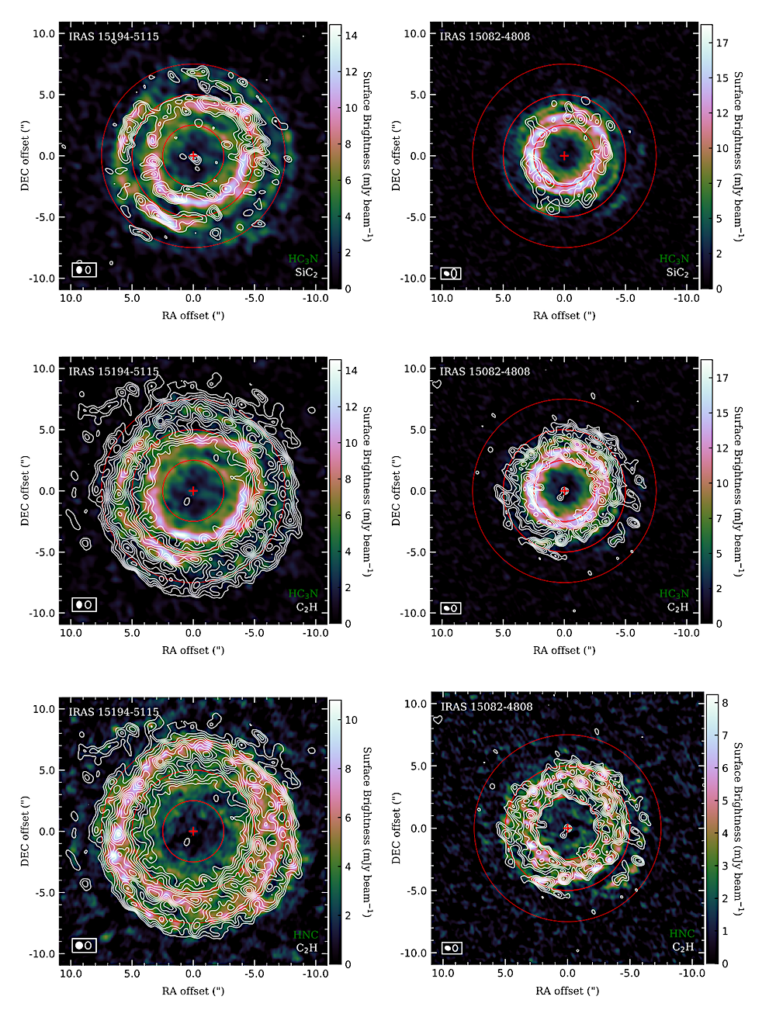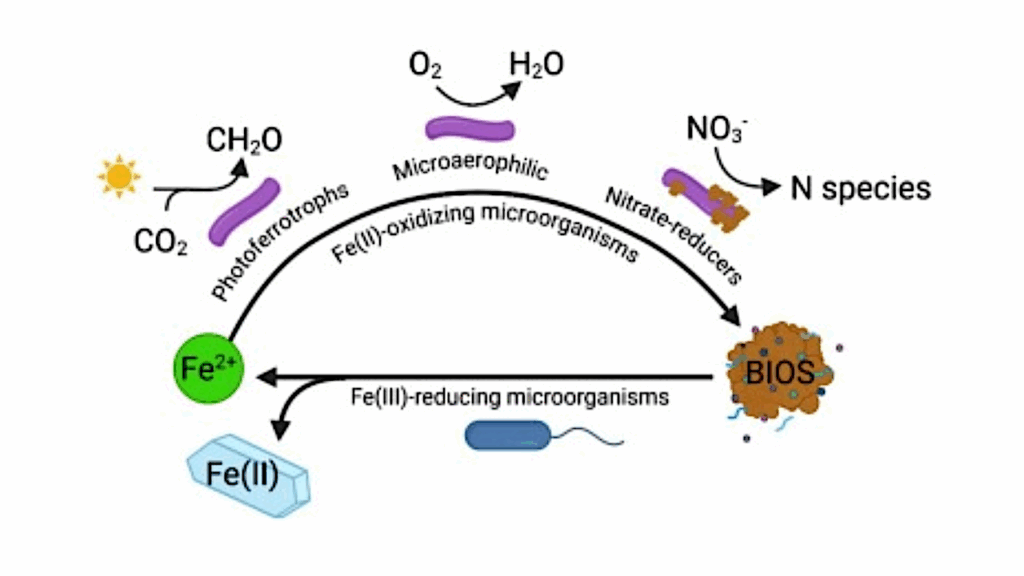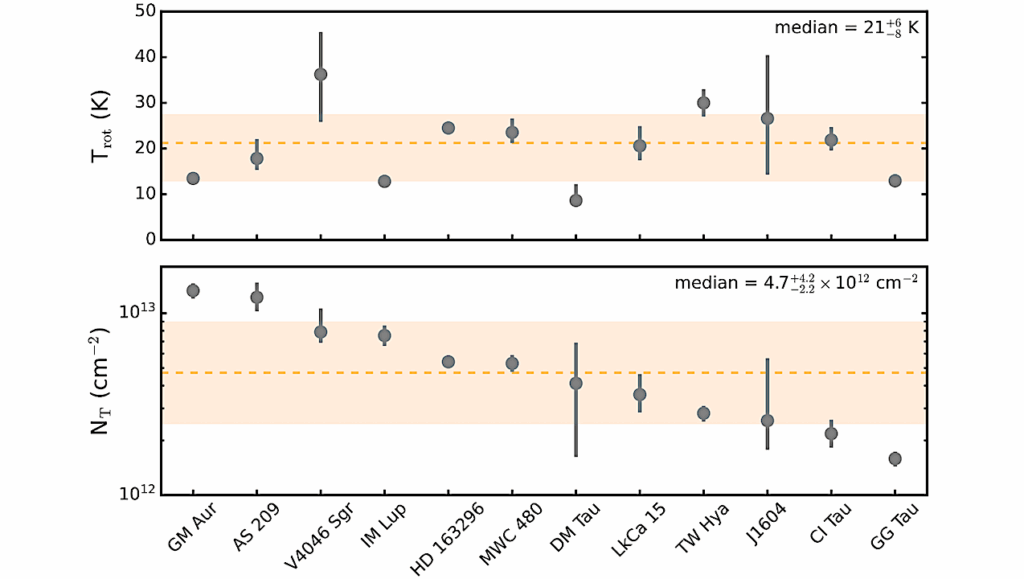Charting Circumstellar Chemistry Of Carbon-rich AGB Stars: I. ALMA 3 mm Spectral Surveys

AGB stars are major contributors to the chemical enrichment of the ISM through nucleosynthesis and extensive mass loss.
Most of our current knowledge of AGB atmospheric and circumstellar chemistry, in particular in a C-rich environment, is based on observations of the carbon star IRC+10216.
We aim to obtain a more generalised understanding of the chemistry in C-rich AGB CSEs by studying a sample of three carbon stars, IRAS15194-5115, IRAS15082-4808, and IRAS07454-7112, and test the archetypal status often attributed to IRC+10216. We performed spatially resolved, unbiased spectral surveys in ALMA Band 3. We identify a total of 132 rotational transitions from 49 molecular species.
There are two main morphologies of the brightness distributions: centrally-peaked (e.g. HCN) and shell-like (e.g. C2H). We estimated the sizes of the molecular emitting regions using azimuthally-averaged radial profiles of the line brightness distributions, and derived abundance estimates. Of the shell distributions, the cyanopolyynes peak at slightly smaller radii than the hydrocarbons, and CN and HNC show the most extended emission.
The emitting regions for each species are the smallest for IRAS07454-7112. We find that, within the uncertainties of the analysis, the three stars present similar abundances for most species, also compared to IRC+10216. We find that SiO is more abundant in our three stars compared to IRC+10216. Our estimated isotopic ratios match well the literature values for the sources.
The observed circumstellar chemistry appears very similar across our sample and compared to that of IRC+10216, both in terms of the relative location of the emitting regions and molecular abundances. This implies that, to a first approximation, the chemical models tailored to IRC+10216 are able to reproduce the observed chemistry in C-rich envelopes across roughly an order of magnitude in wind density.

Average brightness distributions, in a 3.3 km/s wide channel centred on the systemic velocity, of selected molecules towards IRAS 15194−5115 (left panels) and IRAS 15082−4808 (right panels). The names of the species whose emissions are shown in colour and contours are given at the bottom right corner of each panel in green and white, respectively. The synthesised beams of the colour maps and contours are shown as filled and hollow ellipses, respectively, at the bottom left corner of each panel. Contours are from 3σ to 15σ in intervals of 1σ. The σ values of the contour maps are, for IRAS 15194−5115: SiC2: 0.68 mJy/beam, C2H: 0.50 mJy/beam, and for IRAS 15082−4808: SiC2: 1.1 mJy/beam, C2H: 0.31 mJy/beam. The red + denotes the stellar position (continuum peak). Red circles of radius 2′′ .5, 5′′ .0 and 7′′ .5 are drawn on each map to facilitate comparisons. — astro-ph.SR
R. Unnikrishnan, E. De Beck, L.A. Nyman, H. Olofsson, W.H.T. Vlemmings, D. Tafoya, M. Maercker, S.B. Charnley, M.A. Cordiner, I. de Gregorio, E. Humphreys, T.J. Millar, M.G. Rawlings
Comments: 21 pages. 13 figures and 8 tables in the main text. 5 appendices contain additional figures and tables. Appendix tables are available in electronic form at the CDS, along with the reprocessed ALMA cubes and spectra, at this http URL or via anonymous ftp to this http URL(this http URL). Accepted for publication in Astronomy & Astrophysics
Subjects: Solar and Stellar Astrophysics (astro-ph.SR); Astrophysics of Galaxies (astro-ph.GA)
Cite as: arXiv:2312.10014 [astro-ph.SR] (or arXiv:2312.10014v1 [astro-ph.SR] for this version)
Submission history
From: Ramlal Unnikrishnan Nair
[v1] Fri, 15 Dec 2023 18:30:53 UTC (39,129 KB)
https://arxiv.org/abs/2312.10014
Astrobiology, Astrochemistry,








